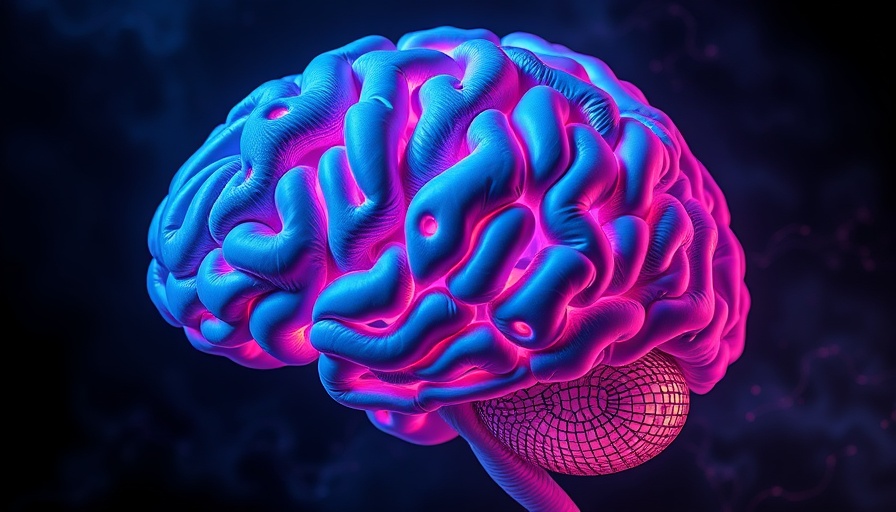
Unveiling the Secrets of Brain Folding
The distinctive folds in the cerebral cortex are not merely aesthetic; they represent a sophisticated evolutionary adaptation that contributes to human capabilities such as language and creativity. A recent study published in Nature Communications sheds light on the mechanisms behind these folds, revealing a complex interplay of genetic factors and cellular behavior that dictate how our brains, along with those of certain animals like whales and other primates, acquire their unique structures.
The Cortex: An Evolutionary Advantage
The cerebral cortex is a pivotal area of the brain responsible for higher-order functions. Its increased surface area, thanks to folds known as gyri and sulci, has been linked to enhanced cognitive abilities. While the smooth brains of many animal species suggest a simpler structure, the more wrinkled surfaces found in humans, dolphins, and pigs point to a superior capacity for learning and memory.
How Do These Folds Form?
According to the recent findings from Rüdiger Klein's team at the Max Planck Institute, the formation of these convolutions arises from a mixture of neuron migration and rapid cell proliferation. When specific genes that assist in neuron adhesion are removed, as demonstrated in mice, the brain adopts abnormal folding patterns. This research indicates that manipulating genetic expressions that control progenitor cell quantity may enhance cortical folding significantly, offering deeper insights into developmental biology.
Cellular Dynamics: Progenitor Cells and Neuron Migration
The researchers highlighted how progenitor cells, which give rise to neurons, play crucial roles in developing the cortex's architecture. Increasing the number of these cells can lead to a variety of folding patterns, raising intriguing questions about how evolutionary pressures could have shaped the human cerebral cortex over time. This change not only impacts cognitive functions but also sets the stage for better understanding neurodevelopmental disorders.
The Broader Implications for Health and Wellness
Understanding brain structure implications can extend beyond academic interest into practical realms. Knowledge of brain development mechanisms may lead to advances in personalized medicine, particularly in addressing issues like cognitive decline, Alzheimer’s disease, and other neurodegenerative conditions. Neuroplasticity, which is how our brain reforms itself, can inform approaches to enhance health and wellness, particularly for aging populations.
Comparative Anatomy: Why Other Animals Matter
What's fascinating is that the study of the human brain is further enriched by examining other species with similarly folded brains. By comparing the neuroanatomies of humans with those of dolphins and other mammals, researchers can decipher evolutionary pathways that have shaped cognition across species, shedding light on shared traits and unique adaptations.
Future Trends in Brain Research
As we look ahead, the doors opened by the latest research point towards a more profound understanding of brain health and wellness. This knowledge could lead to innovative treatments and preventive measures for age-related cognitive decline. The interplay of genetics and environment continues to be pivotal in shaping our understanding of brain health, urging us to consider holistic approaches that include both medical treatments and lifestyle changes to promote optimal brain function.
Your Health Journey: Embrace Knowledge
Exploring the complexities of brain development not only enriches our understanding of neurology but also empowers us to take proactive steps toward health and wellness. For those seeking to enhance cognitive vitality, integrating knowledge from various disciplines, including naturopathy and lifestyle medicine, can provide comprehensive approaches to well-being. Stay informed, and consider how advancements in brain research might influence your journey toward better health.
Investing in both knowledge and practice is essential as we navigate the intricacies of health. Understanding how our brains develop can inspire us to live healthier, more fulfilled lives.
 Add Element
Add Element  Add Row
Add Row 



Write A Comment